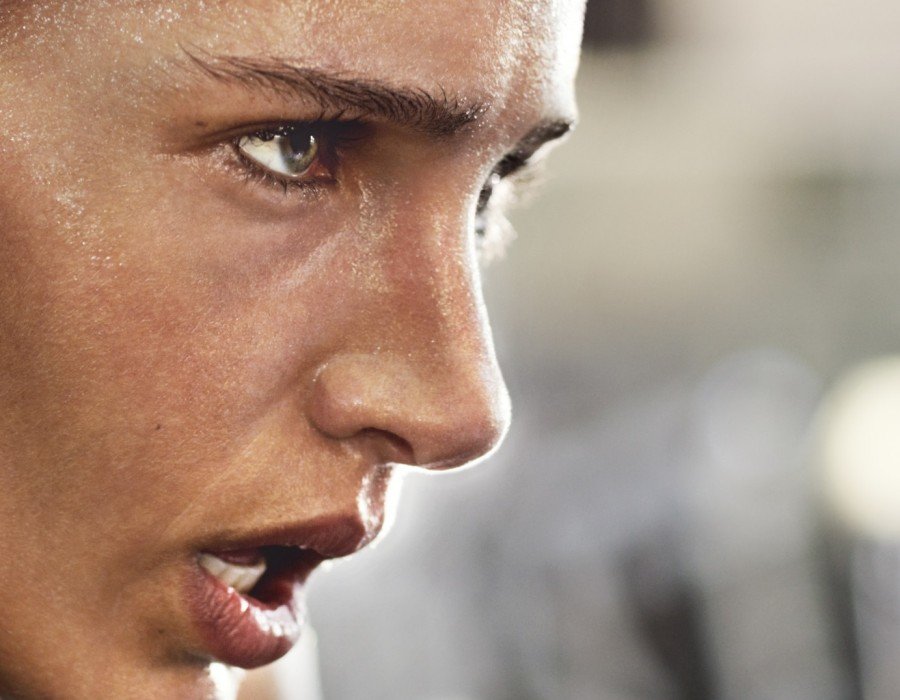Fitness and Performance
Getting over the post-rehab fear and back in the game…

When you’re passionate about playing sport, you just want to jump in there and get going, giving every second 100%. But are you finding that you’re holding back, even though you’ve got rid of any injuries, feel strong, fit and pain-free? We talked to physio Tricia Pinto to find out what might be stopping you from smashing your sporting goals, and what you can do to address the fear.
Practice makes perfect…
Different sports require you to move your body in certain, and often very specific, ways; think darting around the tennis court or a smooth swing of the golf club, for example. These movements, especially quick, explosive, powerful movements that are often practised in sport, are controlled by the central nervous system.
Your brain processes external information and sends messages to your muscles to activate them in an appropriate, responsive way. Feedback from these same muscles is sent back to the brain, allowing a real-time modification of the velocity and power of your movements. This helps you to move accurately and efficiently. As with many things, practice makes perfect. Complete certain movements enough times and your body will learn and anticipate many of the variables it can control. This efficient muscle memory lets you move more quickly and efficiently. This frees up more ‘brainpower’, time and ability to beat your opponent or smash your own goals.
However, injury can affect your body’s complex messaging system, disturbing the feedback system. It’s almost as if the brain doesn’t ‘trust’ where parts of the body are in space, thus requiring more input from sensory systems to relay information instead. This slows down the brain’s processing and thus your body’s reactions. This results in a delayed response, spelling disaster for your skills and sporting prowess.
Losing the fear and getting back into the game…
So how can you come back to sport after injury, as strong and reactive as before? At Bodyset, our physiotherapists recommend a rehabilitation programme of exercises which address balance and coordination, sports specific training, work conditioning and agility training.
Put simply, these are easy-to-perform drills, combining simple balance exercises, that you can practise at home. We recommend that you practise until you’ve mastered the basic move. Once mastered, add in variables, such as moving targets, trying them on an unstable surface, altering angles, changing directions or a combination of all these. The result will be that you train your mind and body to correctly respond and re-calibrate to changing factors. This will beat the effects of the injury and, in many cases, allowing you to return to your chosen sport as a better, stronger, more efficient player.
Lower Limb Exercises
If you are suffering from a lower limb injury these fun exercises will help you to strengthen your muscles, challenge your coordination, balance and proprioception.
- Balance on one leg; bring one knee up until it’s approximately level with your hip. Alternate legs.
Variation: try closing your eyes, throwing a ball against a wall and catching it. Stand on a piece of gym-foam or stand with your injured leg on a step and touch your other toe to targets around the step. - Resisted jumps with thera-bands; loop a thera-band around your lower thighs and squat jump.
Variation: change the height of the jump, vary the resistance provided by the band. Add in some resistance or change the landing targets of the jumps. - Drills; quick, explosive sprints around a scheme of markers set out on the ground.
Variation: change the surface of the drills You could use different markers like cones or a ladder drawn in chalk or something bigger so you have to move your whole body to dodge the obstruction.
These drills are often overlooked, yet play an important part in rehab training. Give them a go, and let us know how you get on.